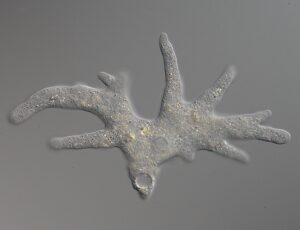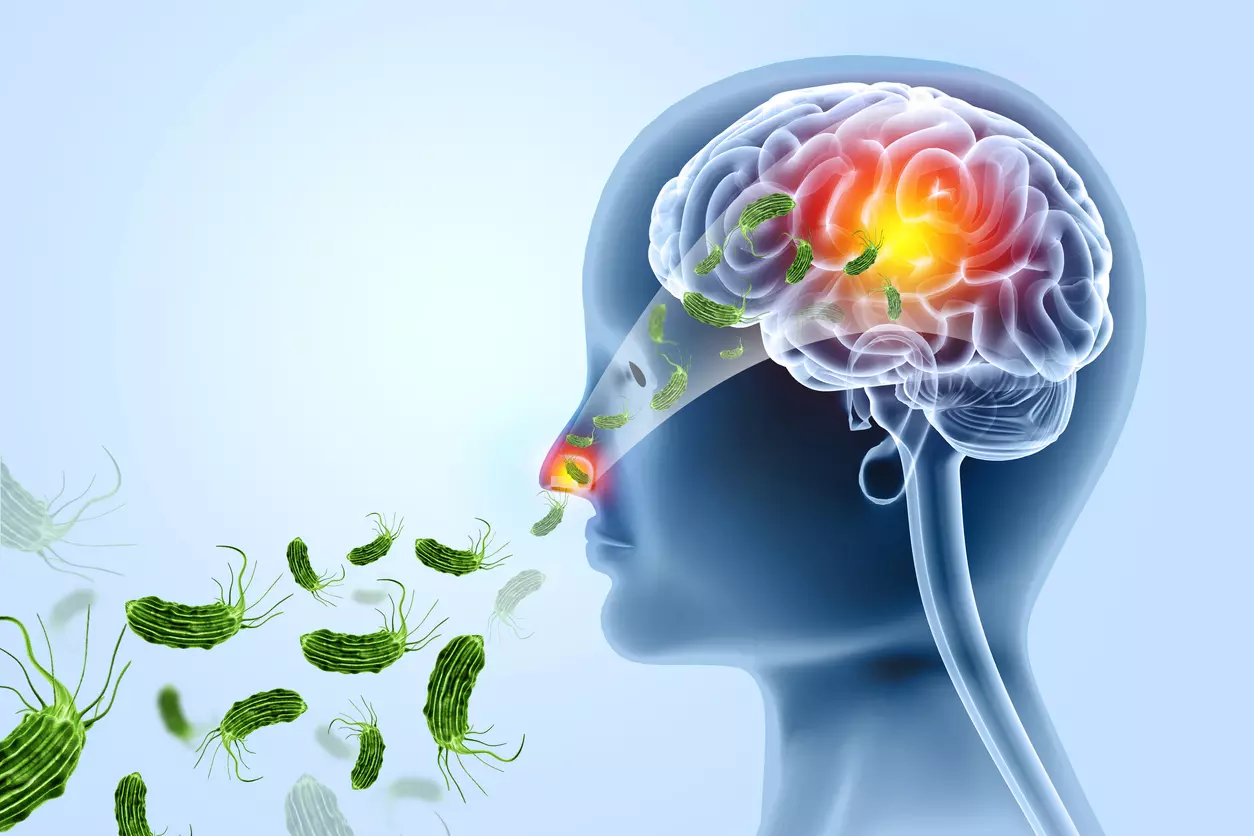As the heat of summer drives us toward lakes, rivers, natural springs and beach to cool off, a hidden danger lurks beneath the surface — a microscopic killer known as Naegleria fowleri, or the brain-eating amoeba.
While rare, this deadly organism can cause devastating infections that are always fatal in most cases. Understanding the risks, symptoms, and safety precautions could save your life or that of someone you love.
What Is the Brain-Eating Amoeba?
Naegleria fowleri is a thermophilic (heat-loving) amoeba commonly found in warm freshwater environments, such as lakes, hot springs, rivers, and even poorly chlorinated swimming pools.
Contrary to its nickname, it doesn’t eat your brain in the traditional sense. But when it enters the body through the nose, usually during activities like swimming or diving, it travels up the olfactory nerve into the brain, causing a severe brain infection called Primary Amoebic Meningoencephalitis (PAM).
Real-Life Stories: The Human Cost of a Tiny Killer
1.Patient dies of brain-eating amoeba in South Carolina
A patient in a South Carolina children’s hospital has died of a brain-eating amoeba, according to the facility. In a news briefing on Tuesday, Prisma Health Children’s Hospital-Midlands confirmed the patient died of primary amebic meningoencephalitis, a rare but often fatal brain infection caused by the Naegleria fowleri organism. The hospital did not share any more details about the patient.
2.The Tragic Case of Kali Hardig (Arkansas, USA)
In 2013, 12-year-old Kali Hardig went swimming at a water park in Arkansas. Within a few day
s, she developed headaches, fever, and vomiting, which quickly turned into confusion and seizures. Doctors diagnosed her with PAM — an infection so rare that only a few have survived.
Miraculously, Kali did survive — one of only a handful of known survivors worldwide — thanks to early detection, experimental treatments, and therapeutic hypothermia. But her case became a national warning sign about swimming safety in warm freshwater bodies.
3. A Florida Teen’s Sudden Decline
In 2020, 13-year-old Lily Avant from Texas swam in a river behind her home. Days later, she complained of a headache. Her parents thought it was just dehydration. But within 48 hours, she was in a coma. Despite aggressive treatment, Lily passed away, leaving behind a devastated family and a community in shock.
These stories aren’t to create panic — but to highlight that awareness is key.

Where Is This Amoeba Found?
Naegleria fowleri thrives in:
-
Warm lakes and rivers
-
Geothermal water (like hot springs)
-
Poorly maintained swimming pools
-
Soil and warm tap water in rare cases
This amoeba is most active during hot weather, typically July through September, and particularly in southern U.S. states, South Asia, and tropical countries — including parts of Bangladesh, India, and Thailand.
Symptoms to Watch For
If someone has been swimming and starts showing these symptoms within 1–12 days, act fast:
-
Sudden and severe headache
-
High fever
-
Nausea or vomiting
-
Stiff neck
-
Confusion or hallucinations
-
Seizures
-
Loss of balance
The disease progresses rapidly, and early treatment is critical.
How to Stay Safe Before Jumping into the Water
Don’t cancel all your summer fun — just follow some common-sense precautions:
✅ Avoid jumping or diving into warm freshwater
This pushes water up the nose, increasing the risk of infection.
✅ Use nose clips
Wearing a nose clip while swimming or diving can reduce water entry through the nasal passage.
✅ Avoid stirring up sediment
Naegleria fowleri often lives in the bottom sludge of lakes and rivers.
✅ Stick to well-maintained pools
Make sure the chlorine level is regulated if you swim in public or private pools.
✅ Boil water before nasal rinsing
If you use neti pots or do nasal irrigation, always use distilled or boiled water — never tap.
Why You’re Hearing About It More Now
Due to climate change, water temperatures are rising globally — expanding the amoeba’s natural habitat. Cases have been reported in areas where it was never seen before, like Northern U.S. states and parts of Europe.
What to Do If You Suspect an Infection
If someone shows any of the early symptoms after freshwater exposure, seek emergency medical help immediately. There’s no time to wait.
Treatment may include antifungal drugs, antibiotics, and miltefosine, a newer drug that has shown promise in some cases. Cooling the body (therapeutic hypothermia) may help reduce brain swelling.
🔗 More on Lovlyf.com:
- https://lovlyf.com/bedtime-habits-that-secretly-lower-your-sexual-performance/
- https://lovlyf.com/how-to-build-trust-in-a-relationship-step-by-step/
Final Thoughts
The brain-eating amoeba is real, but extremely rare. Don’t let fear overshadow your summer. With the right precautions, you can still enjoy nature, love, and adventure — safely.
Remember: It’s not about paranoia. It’s about protecting what matters — your life, your health, and the people you love.










Leave a Reply